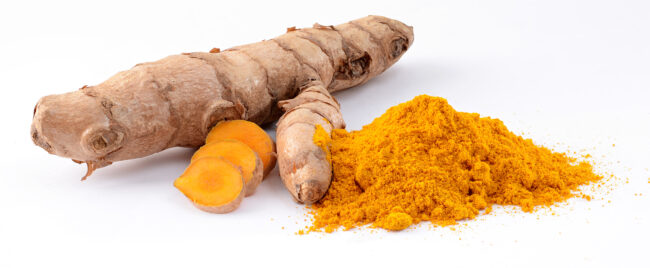Curcumin has an impressive reputation. It is part of the spice turmeric, which is used in traditional Chinese and Indian medicine. Known as a “wonder drug”, curcumin is thought to have many beneficial activities, such as anti-inflammatory, anti-bacterial, anti-fungal, anti-parasitic, anti-mutagenic, anti-oxidant, wound healing and radioprotective activity. These promising therapeutic characteristics have attracted a lot of attention in biomedical research. Since 1995, 150 million USD have been assigned to study curcumin’s biomedical activities, more than 15,000 papers have been published, and more than 120 clinical trials have been performed.
But is curcumin really a wonder drug? Kathryn Nelson and colleagues from the Institute for Therapeutics Discovery and Development at the University of Minnesota had a closer look at curcumin’s biomedical properties and performed a literature review1. Unfortunately it appears that curcumin has certain characteristics which suggest that it is not a good therapeutic agent.
Curcumin is a pan assay interference compound (PAINS). PAINS have certain chemical properties that interfere with many in-vitro (cells in culture) and in-vivo (animal) assays and lead to false-positive results. Instead of being target specific, they react with a high number of targets. This might explain why curcumin has been associated with such a broad range of biomedical activities.
Moreover, curcumin is highly instable at physiological conditions. At physiological temperature (37 °C) and pH (7.2), its half-life is less than 10 min. Looking at properties that are crucial for in-vivo functioning of a compound, it is important to mention that curcumin is only poorly absorbed. Clinical trials have shown that an oral dose of up to 12 g/day is well tolerated. However, curcumin was only barely detectable in the serum or faeces of only a few of the participating test persons. Scientist have tried to improve absorption by different formulations, with little success. In addition to this, curcumin distributes poorly throughout the body and hardly reaches specific organs. Unfortunately no therapeutic effect could be confirmed in any double-blinded, placebo-controlled clinical trial.
This critical review suggests that many of curcumin’s attributed properties, such as anti-inflammatory and anti-mutagenic, are mainly due to misconception. Curcumin, however, has raised many hopes and so it will probably take a long time before these misconceptions are fully understood and accepted by the scientific community and by the general public.
Edited by Sarah Spence

